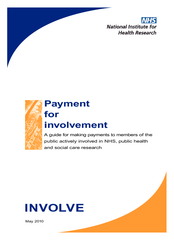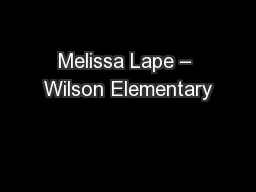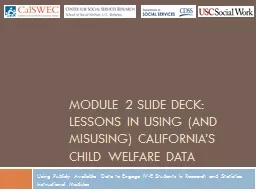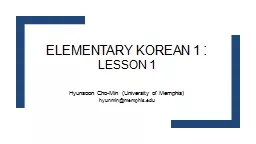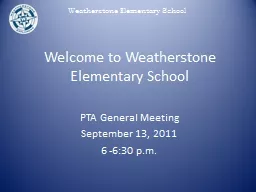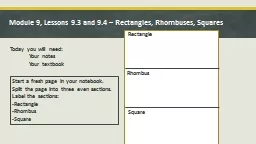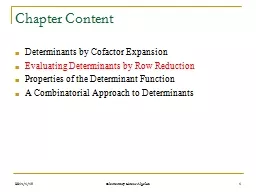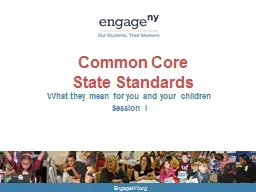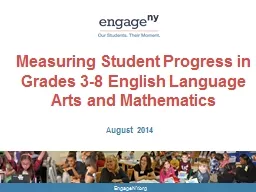PPT-EngageNY.org Research Lessons from Module 4: Elementary
Author : myesha-ticknor | Published Date : 2019-06-30
Session 3 May 2014 NTI EngageNYorg 2 Learning Targets I can analyze 35 ELA Module 4s for the intentional backwards design process that scaffold students success
Presentation Embed Code
Download Presentation
Download Presentation The PPT/PDF document "EngageNY.org Research Lessons from Modul..." is the property of its rightful owner. Permission is granted to download and print the materials on this website for personal, non-commercial use only, and to display it on your personal computer provided you do not modify the materials and that you retain all copyright notices contained in the materials. By downloading content from our website, you accept the terms of this agreement.
EngageNY.org Research Lessons from Module 4: Elementary: Transcript
Download Rules Of Document
"EngageNY.org Research Lessons from Module 4: Elementary"The content belongs to its owner. You may download and print it for personal use, without modification, and keep all copyright notices. By downloading, you agree to these terms.
Related Documents


